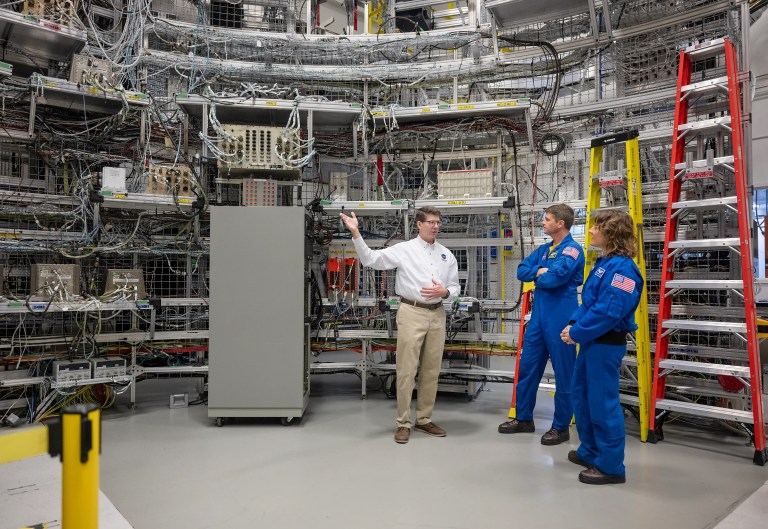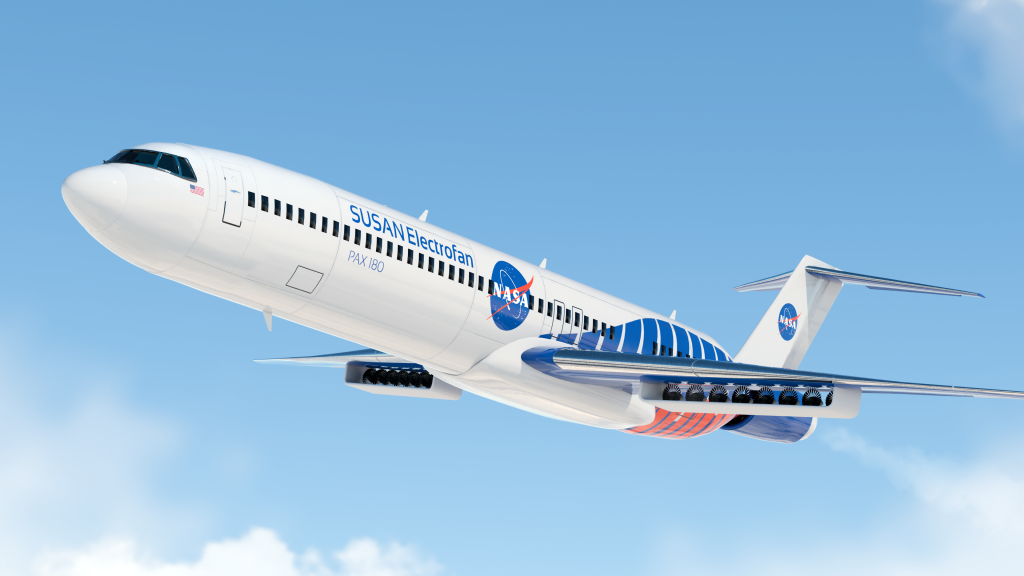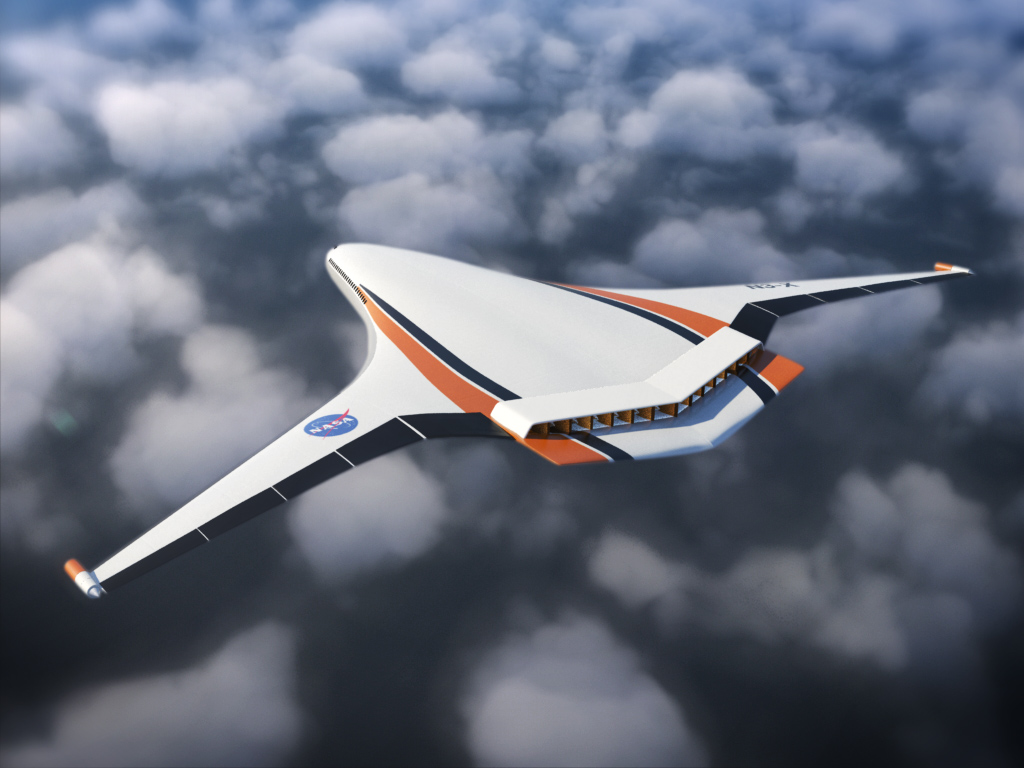SLS (Space Launch System) Avionics: The “Brains” of SLS
On Nov. 16, 2022, NASA’s SLS (Space Launch System) rocket launched for the first time. Lifting off the launch pad with over 8 million pounds of thrust and reaching space soaring at speeds of almost 25,000 miles per hour in just over 8 minutes requires more than power — it requires brains.

On Nov. 16, 2022, NASA’s SLS (Space Launch System) rocket launched for the first time.
Lifting off the launch pad with over 8 million pounds of thrust and reaching space soaring at speeds of almost 25,000 miles per hour in just over 8 minutes requires more than power — it requires brains. The huge hardware of NASA’s 322-foot-tall deep space rocket often grabs the spotlight, but the “brains” of the rocket — the avionics and software that guide the rocket’s flight — direct all that power.
Avionics are the electrical systems necessary for flight and are driven by software to tell the rocket where it should go and how it should pivot the engines to keep on the right trajectory. To achieve this, a spacecraft actually has several “brains” distributed throughout its various components. All systems communicate with each other as well as with the Orion spacecraft avionics and command systems.
The flight computers on the Block 1 variant of SLS, which flew Artemis I and will fly Artemis II and III, are located at the top of the core stage. Beginning with the Block 1B variant and Artemis IV, the flight computers move to the new upper stage, called the EUS (exploration upper stage).
The SLS rocket’s flight software, developed in-house by the SLS team at NASA’s Marshall Space Flight Center in Huntsville, Alabama, performed well within requirements on Artemis I. The transition from GLS (Ground Launch Sequencer) to ALS (Automated Launch Sequencer) was nominal, and all ALS functions performed without issue. No avionics hardware issues occurred during flight, nor were there any trigger-level “close” calls in the abort monitor system. There was excellent core stage liquid hydrogen and liquid oxygen closed-loop ullage control.
Flight Computers
During the SLS rocket’s first eight minutes – from liftoff to separation of the core stage from the in-space stage and NASA’s Orion spacecraft – the flight computers on the core stage are flying SLS. The three flight computers guide the rocket’s flight and each processes data to decide what the rocket does. For safety and redundancy, at least two of the three computers must work perfectly at all times. The SLS flight computers communicate with other avionics for the four RS-25 engines and the two solid rocket boosters, also sharing that data with the Orion spacecraft and transmitting it to ground controllers.
Engine Flight Controllers
Each RS-25 engine has a new “brain,” a controller that communicates with core stage flight computers to ensure engines are performing at needed levels. Updated to SLS specifications, the new engine controllers were qualified during hot fire testing at NASA’s Stennis Space Center in Bay St. Louis, Mississippi.
Booster Avionics
At liftoff, two five-segment rocket boosters provide more than 75 percent of the thrust for the first two minutes of flight. The booster avionics, receiving commands from the flight computers, provide 80 percent of the control authority for the rocket during the first 2 minutes of flight.
Core Stage Avionics
The avionics units on the SLS core stage work with the flight software to perform various functions during the first 8 minutes of flight. Some control the navigation, some communicate with Orion, and some control how the engines perform. These other parts of the rocket’s “nervous system” include the redundant inertial navigation unit, responsible for the rocket reaching its destination, the power system that serves as the “heart and blood” of the rocket body, and the sensors and effectors that tell the rocket what to do — much like your sensors tell you to pick up a pen or remove your hand from a burning stove.
Test Like You Fly
NASA certified the Systems Integration Laboratory for final integrated avionics and flight software testing Nov. 14, 2019. The System Integration Lab’s test environment is the most accurate representation of the rocket’s entire avionics and software system. Certification means the lab has completed a series of tests and analyses to assert that the facility, its simulation environment, and the avionics and flight software have been properly integrated and are ready for formal system verification testing.
The lab at Marshall not only includes the flight computers and avionics identical to the core stage avionics but also includes emulators for the rocket’s boosters and engines, the Launch Control Center, and Orion.
Internal flight software and avionics outfitted throughout the boosters and core stage operate with three SLS flight computers and interface with the avionics systems to control all that power and safely guide the rocket beyond Earth’s orbit. The software also works with software for the Exploration Ground Systems team at NASA’s Kennedy Space Center in Florida, from where SLS launches.
In the same room as the lab, the Software Integration and Test Facility integrates and tests hardware for the avionics systems in the core stage of the rocket. These two facilities provide a comprehensive scope of the rocket’s “internal organs” as teams of engineers run hundreds of virtual launches to verify the rocket’s thousands of functional lines of code to evaluate how it will perform in space.
The facilities contain a complete set of avionics and software for the rocket’s core stage, boosters, and engines to support end-to-end avionics and software system testing. Before Artemis I ever left the launch pad, the rocket was flown thousands of times in simulations.
Progress to Artemis II and Beyond
The flight software for Artemis II and III will be the same as on Artemis I, with a few changes based on lessons learned from each flight as well as new mission requirements. The new Block 1B variant requires new software. The flight software is in development right now at Marshall and will make its flight debut on Artemis IV, helping the nation and world explore the Moon, Mars, and solar system like never before.
National Aeronautics and Space Administration
George C. Marshall Space Flight Center
Huntsville, AL 35812
www.nasa.gov/marshall
For more information about SLS, visit:
http://www.nasa.gov/artemis
http://www.nasa.gov/sls
http://www.twitter.com/NASA_SLS
http://www.facebook.com/NASASLS
http://www.instagram.com/nasaartemis
MSFS-12-2024-SLS-4964




























